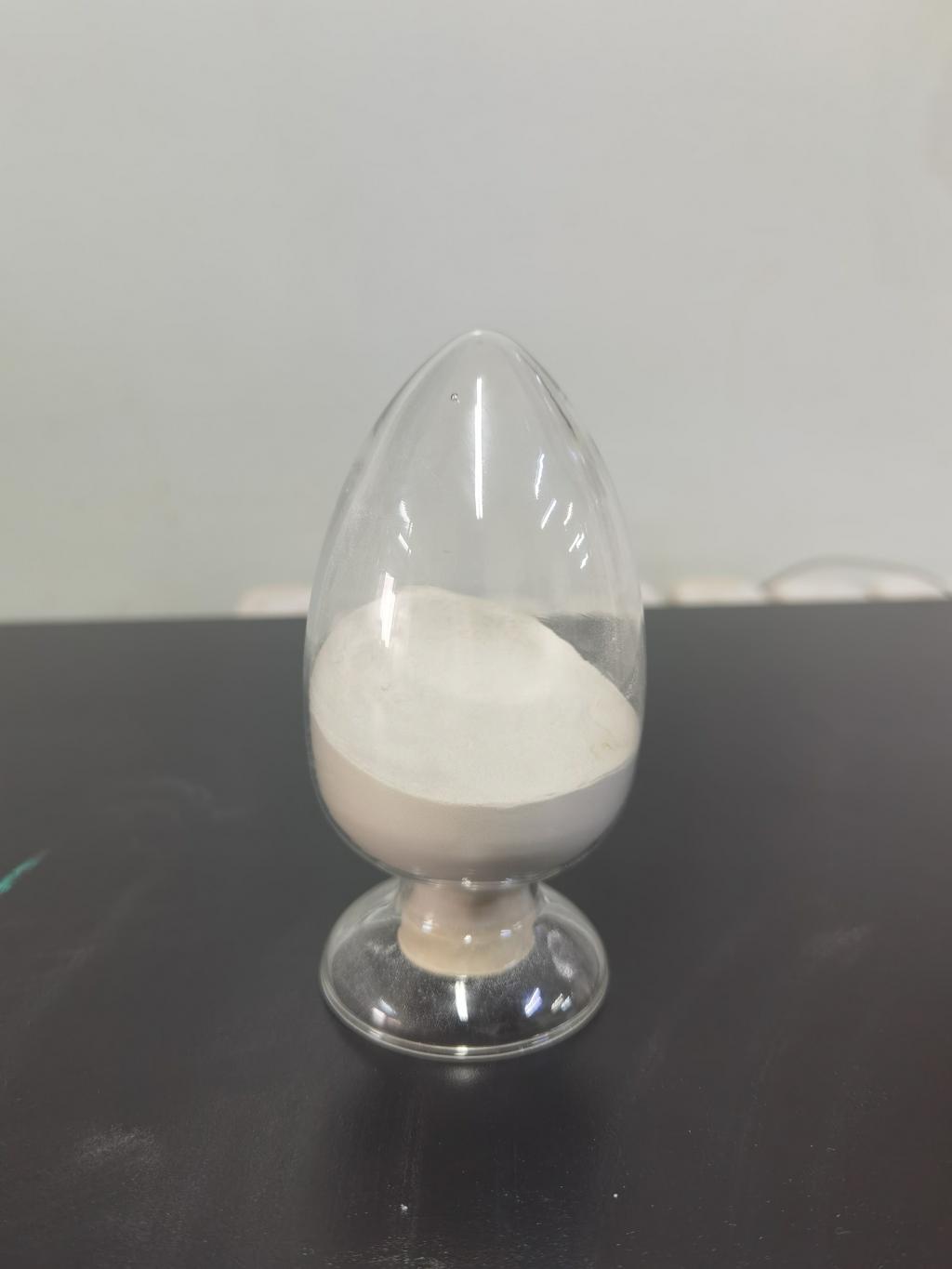Tel:+8618231198596

News
 CONTACT
CONTACT
 CONTACT
CONTACT
- Linkman:Linda Yao
- Tel: +8618231198596
- Email:linda.yao@dcpharma.cn
- Linkman:CHARLES.WANG
- Department:Overseas
- Tel: 0086 0311-85537378 0086 0311-85539701
News
Nisin's Applications in Ensuring Food Safety in Cruise Ship Catering
TIME:2024-03-05
Cruise Ship Catering and Food Safety Challenges:
Cruise ships are known for their diverse culinary offerings, catering to passengers with a wide range of tastes and dietary preferences. However, the maritime environment poses specific challenges to ensuring food safety:
a. Limited Storage and Kitchen Space: Cruise ships have restricted storage and kitchen facilities, making it challenging to maintain proper temperature control, hygiene, and segregation of food items.
b. High Passenger Turnover: The constant influx of passengers and the demand for a variety of meals increase the complexity of food preparation, potentially leading to higher risks of cross-contamination and foodborne illnesses.
c. Regulatory Compliance: Cruise ship catering must adhere to stringent international and maritime regulations to ensure the safety and well-being of passengers. Violations can lead to severe consequences, including legal actions and damage to the cruise line's reputation.
Nisin: A Natural Antimicrobial Solution:
Nisin, a peptide produced by Lactococcus lactis bacteria, has gained recognition for its antimicrobial properties. Widely used as a natural preservative in the food industry, Nisin inhibits the growth of bacteria, particularly those responsible for food spoilage and foodborne illnesses. Its natural origin and safety make it an attractive option for enhancing food safety without resorting to synthetic preservatives.
Potential Applications of Nisin in Cruise Ship Catering:
a. Preservation of Freshness: Nisin can be applied to preserve the freshness of perishable food items, extending their shelf life during storage and transportation on cruise ships. This can mitigate the challenges of limited storage space and fluctuating temperatures.
b. Minimization of Cross-Contamination: Incorporating Nisin into food preparation processes can help minimize the risk of cross-contamination. By controlling the growth of harmful bacteria, Nisin contributes to maintaining the integrity of various dishes prepared in shared kitchen spaces.
c. Enhanced Safety in Buffet Settings: Cruise ship buffets are popular, offering a variety of food choices to passengers. Nisin can be used to treat prepared foods displayed in buffet settings, ensuring they remain safe for consumption throughout the service period.
Benefits of Nisin Integration in Cruise Ship Catering:
a. Improved Food Safety: Nisin's antimicrobial properties directly contribute to improved food safety by preventing the growth of bacteria that can lead to foodborne illnesses. This is particularly crucial in environments with high passenger turnover, where maintaining strict hygiene is challenging.
b. Extended Shelf Life: Nisin's ability to extend the shelf life of perishable foods can lead to better inventory management, reducing food waste and ensuring a more sustainable approach to catering operations.
c. Compliance with Regulations: The use of Nisin aligns with the increasing demand for natural and clean-label food preservatives. This can facilitate cruise ship catering companies in meeting regulatory requirements while providing safe and high-quality meals.
Challenges and Considerations:
a. Regulatory Approval and Compliance: The integration of Nisin into cruise ship catering must adhere to international and maritime regulations. Ensuring regulatory approval and compliance is essential to avoid legal consequences and maintain the trust of passengers.
b. Implementation Costs: Cruise ship catering companies may incur initial costs associated with implementing Nisin into their food safety protocols. However, the long-term benefits, including reduced food waste and enhanced passenger safety, may outweigh these initial investments.
c. Training and Awareness: Proper training of culinary staff on the correct usage of Nisin and raising awareness among passengers about its application in food safety are crucial aspects of successful implementation. Clear communication can address any concerns and build confidence in the cruise line's commitment to food safety.
Case Studies and Success Stories:
Examining case studies and success stories from cruise lines that have successfully integrated Nisin into their catering operations can provide insights into best practices and potential challenges. Real-world examples demonstrate the feasibility and positive outcomes of adopting this innovative approach.
Conclusion:
The integration of Nisin in cruise ship catering represents a promising avenue for enhancing food safety in a challenging maritime environment. By addressing the unique challenges of limited space, high passenger turnover, and regulatory compliance, Nisin offers a natural and effective solution. Cruise lines that prioritize the safety and satisfaction of their passengers can benefit from the application of Nisin, ensuring that the culinary experience on board remains not only delightful but also safe and free from foodborne risks.
- Tel:+8618231198596
- Whatsapp:18231198596
- Chat With Skype







